Our atmosphere is warming up and that process needs to stop. Around the world changes are made that will help reduce warming even if they’re not motivated by that explicit reason. The ambition to manage average atmospheric temperatures has become explicit in climate targets, for instance although nobody seems to understand it requires more effort and sacrifice the longer we wait.
There is however a paradox. Global centrally decided and agreed upon maxima are supposed to be enforced locally. There are several ways to do that, one is by monitoring economic parameters, industry standards, so that one can either punish or reward changes made. For example, european standards will ban high wattage vacuum cleaners, because they are overkill and to reduce emissions. Energy standards for homes will create more energy efficient or even carbon neural homes to be build reducing emissions. All these goals are set and it seems to work so where’s the paradox?
The current control system is fossil credit economic, and therefore driving more CO2 emissions
The paradox is in the control system that drives these changes. If we distinguish two systems, one the economic system, second the military industrial complex and police force. They represent the spectrum from reward to punishment. In life, as you explore your opportunities and achieve your dreams, you can be fined, go to jail or (if you really threaten fossil fuel dominance) or f.i. get bombed. If you are a country that wants to go its own way (especially when it concerns your own resources) you either get bombed or some civil war gets fomented to tear you up from the inside. This is because the military and police still serve economic interests.
The economic and military industrial systems do one thing extremely well : maintain the dominance of the fossil fuel paradigm. Why? Because fossil fuels are in easy reach of anyone with money, and money is constantly being made more essential for survival. This people have to forgo their own moral judgement and do any job, even if it threatens their future to earn it.
We are controlled by a system we can’t control
The control paradox is that we are controlled by an economic system that does not want to go green, depends on the opposite. There isn’t even a global elite that can control it, they become elite by serving the economic mechanisms. This centrally managed system is incapable of effecting climate action, because it is based on distributing fossil fuels, which cause climate change. To enable regions to become carbon neutral or negative, they need to be allowed to escape central economic control. This however creates a patchwork of independent regions, which is the nightmare of the globalist and those that believe economics is a force for peace.
The only force that can disrupt the economic machine is a military machine thinking of its own survival and that of the people they currently serve.
If you want a world that deals with climate change, you have to allow it to become a non cooperative swamp. You have to allow something to happen that is the complete opposite of globalization. This is a direct result of the introduction of local energy production, making local energy consumption and production of goods and services more easy. Logistics become less necessary and global media will disappear. The global village dominated by the financial markets will turn into a patchwork of local realms of influence of a few.
There is no way any authority can set a global target to be executed under a global order. It requires either agreement or tyranny and both are not needed to achieve the goal.
The paradox is that the exit from fossil fuel and effective climate action can not be achieved by global penalties or incentives. It can only be achieved by letting go of global coherence.
First option : The Global Standdown
This paradox has two optional solutions one of which we wrote about some years ago, and we called it the “Global Standdown”. Simply said it entails the unifying of all armies into one controlling force that will then create the patchwork mentioned above. The force will not be loyal to any specific region and won’t enforce law anywhere. Countries will dissolve to the level of regions willing to cooperate.
The global united military creates conditions in which the patchwork can make the transition : Peace, assistance, and no reversal
The global force will set the rules that will force regions to go autonomous fast because it will control all fossil fuel resources and keep the use of them to the minimum as it implements rapid adoption of renewable energy sources everywhere. The production of renewables can be renewable energy powered, so as soon as that is the case the use of fossil fuels will be the privilege of this unified military force only. In a more sci-fi version of the concept the world would be dominated by this military through drones, using the (involuntary) relocation of people as the primary means of control (as the patchwork of autonomous regions doesn’t make migration easy and function as a de facto open prison system). This means it doesn’t have to use lethal force at all.
We can’t reach a stable climate that supports the life evolved until 1900 if something akin to the intervention described above or the second option is not done. The advantage of creating a unified military is that there will be a positive outcome, and there won’t be chaos and limping towards the expiration of our biosphere (runaway warming is already a risk, but it would be hard to fight). It also protects the state of our civilization, which could certainly regress under constant and widespread conflict.
Desire for control over fossil fuel resources creates most if not all tensions we see in the world today
Second option : Extra-Economic Zones
The second option is to realize a centralized renewable energy production facility that will enter/replace the current fossil fuel energy streams as if nothing happened. The trouble is that it is not easily achieved in an environment shared with fossil energy producers which through its scarcity drives a struggle that seeks to exploit any resource one can possible exploit. The solution to this problem is to use Extraeconomic (spelling likes Extra-Economic) zone, zones that are protected against the forces of the world economy (operate outside it). They can capture carbon, produce forests, foster ocean life, without any of the gain being consumed by the general population or industry.
Optimal Approach
The optimal approach is probably a combination of the two options : 1. a united force to control the exit from fossil fuels, trying to land regions in one piece, which may include exchanges of human recources and technology but not allowing anyone to fight to for gain as armies do.
At the same time extraeconomic zones are created and protected, they will also need to be populated and will generate biodiversity and capture CO2 where nobody imagined it happening before. A good example of a region in which this can happen is the deserts of the world. There is no technical reason why they could not be lush and green.
What doesn’t work, what we don’t have time for, is using the economy without intervention into its central driver : The increase of utilization of fossil fuels. It is like asking a person to find water outside when he is next to a faucet that has clean drinking water. The immediacy of reward from using the economic system never wins over the future day of reconning. People are more involved with what they want over what they fear, or they would not leave their homes. We need to make it so that they reduce the risks to their existence automatically, and this can only be achieved by challenging them to become locally autonomous and fossil fuel independent.
Agoracentric world
The result has been suggested by other people, sometimes with a reference to new computer technologies for interconnection (See f.i. Rifkin). The shift to a more virtual existence is however one of the economic capture mechanisms : Less freedom, more control of the consumer. It goes hand in hand with the rise of eugenic forces, also in the interest of driving better economic parameters. The real solution is much more about using humans as they where intended, as active working people for their own good, even if aided with technology.
Agoracentric : The village is the center of attention
The step into a fragmented autonomous world does not mean people need to be isolated, they can travel freely (at next to no cost as Tesla already demonstrates), share experiences, but need to show they can manage their region with (hopefully carbon negative) effects. Competition between regions can exist on quality and style. Forming blocks with armies has to be actively combated by the united military.
Where to start
To start this process an alliance of armies big enough to defeat all others has to come together and coordinate force to start the division of regions, the initiation of extra-economic zones, the disarmament of all others, the appropriation of all fossil resources under a central authority that directs it so the need for it is eliminated as soon as possible. Banks now hold control over the distribution of fossil fuels, and this authority needs to be surmounted.
An alliance of armies motivated by the desire to create the agoracentric, extraeconmic and roboeconomic world world can be formed today. The standdown can start today.
It is either people become products of economic forces, which drives a division between docile consumers and a controlling elite (which through automation may not even have any influence anymore), or they become adequate to survive in their regions, limited by a global force that consists of equally capable people. In both cases humanity will go through a change, in one where it readies itself for extinction, in the other where it prepares to survive.

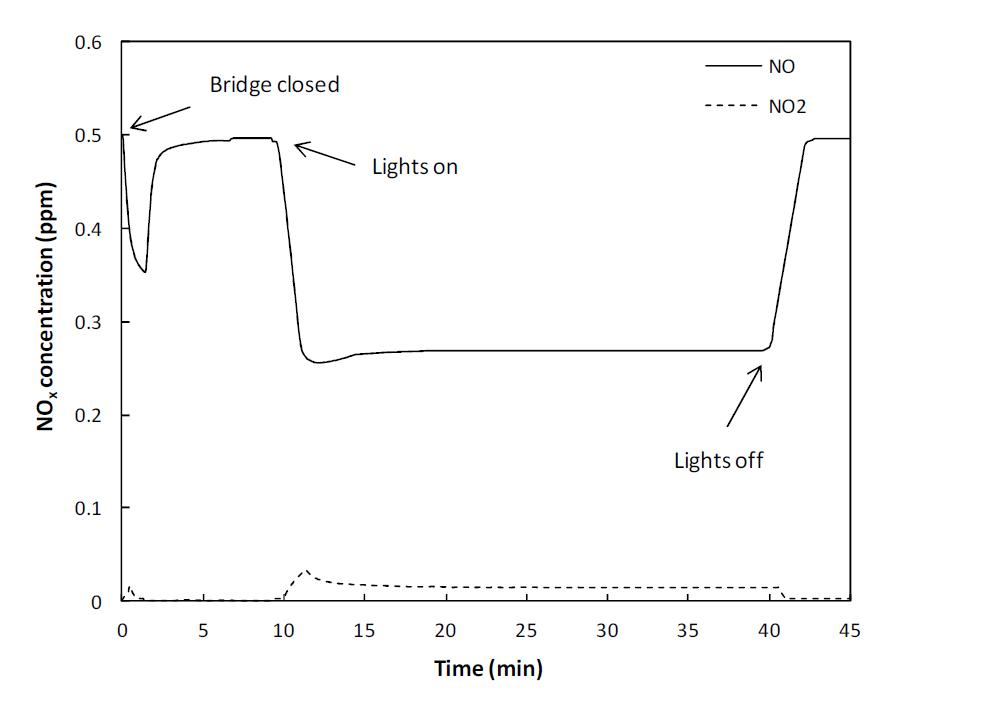
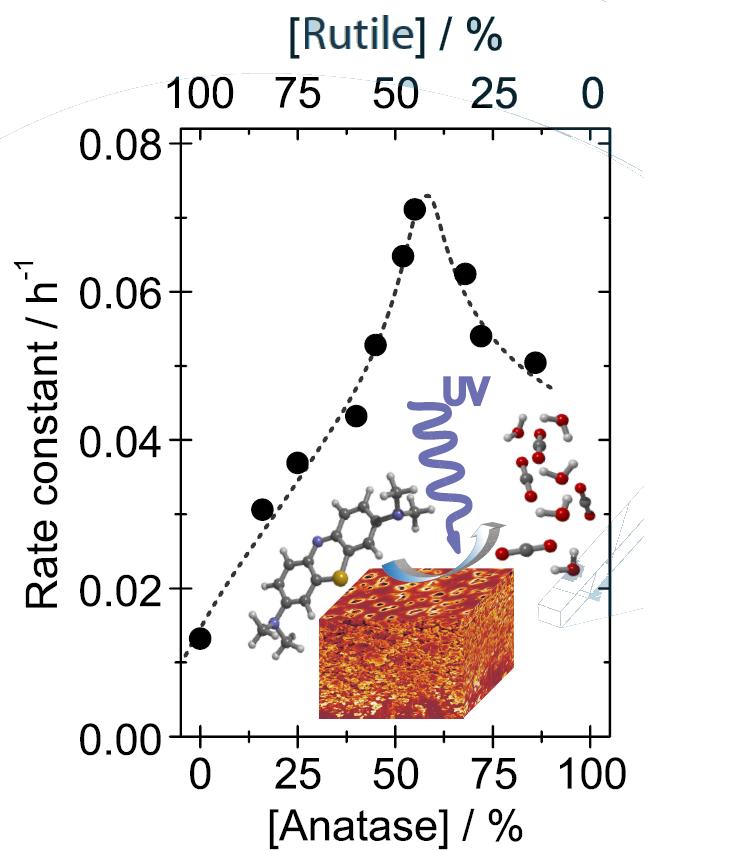

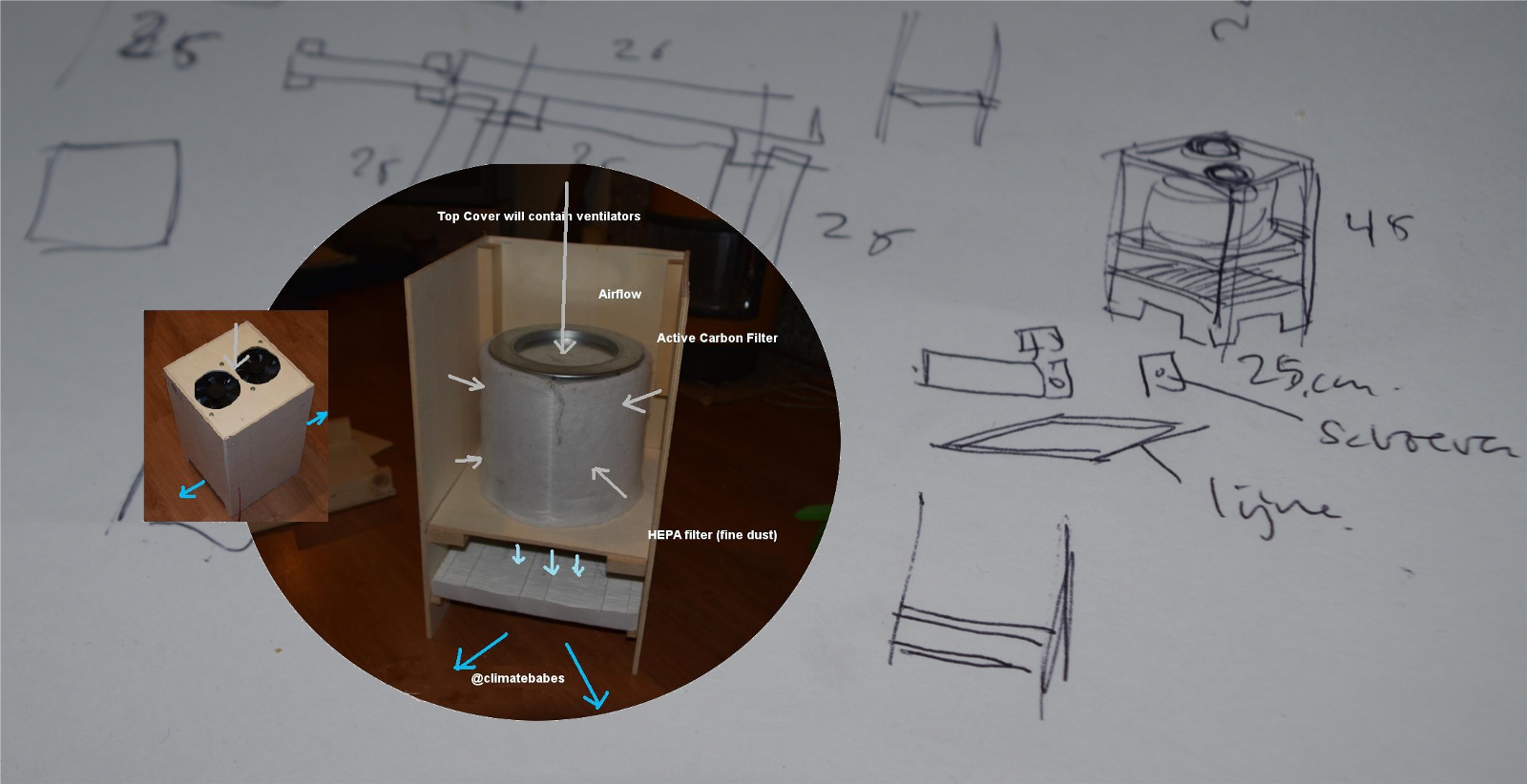



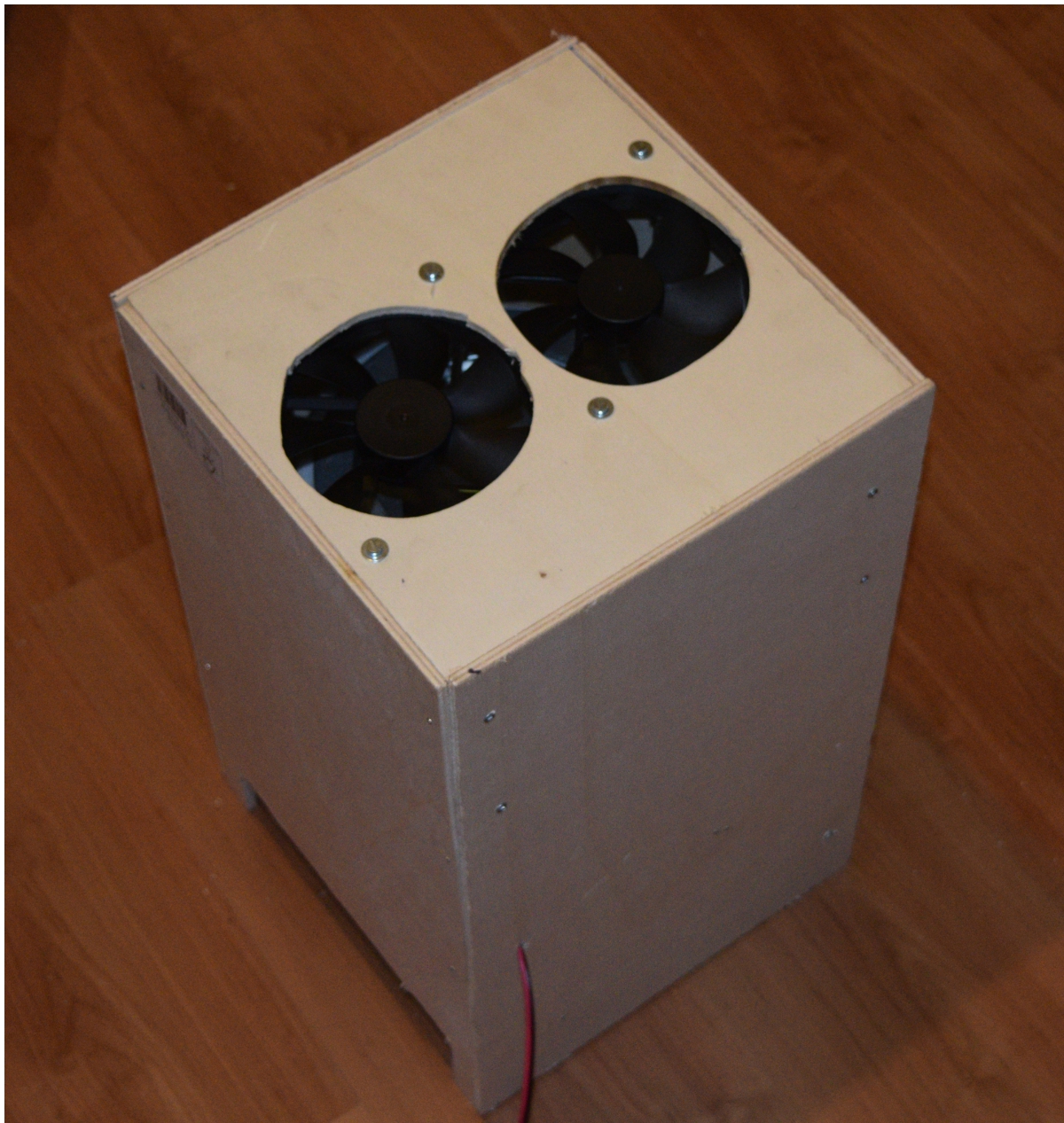
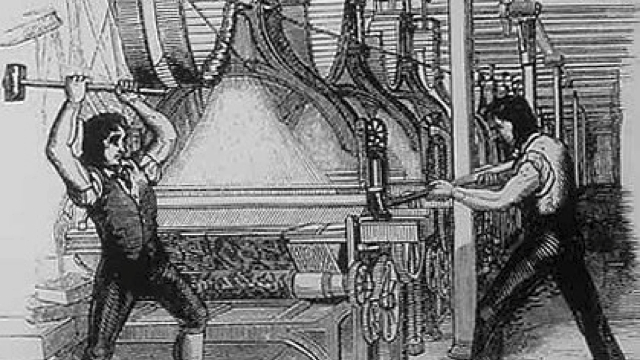




_antiaircraft_xl.jpg)

